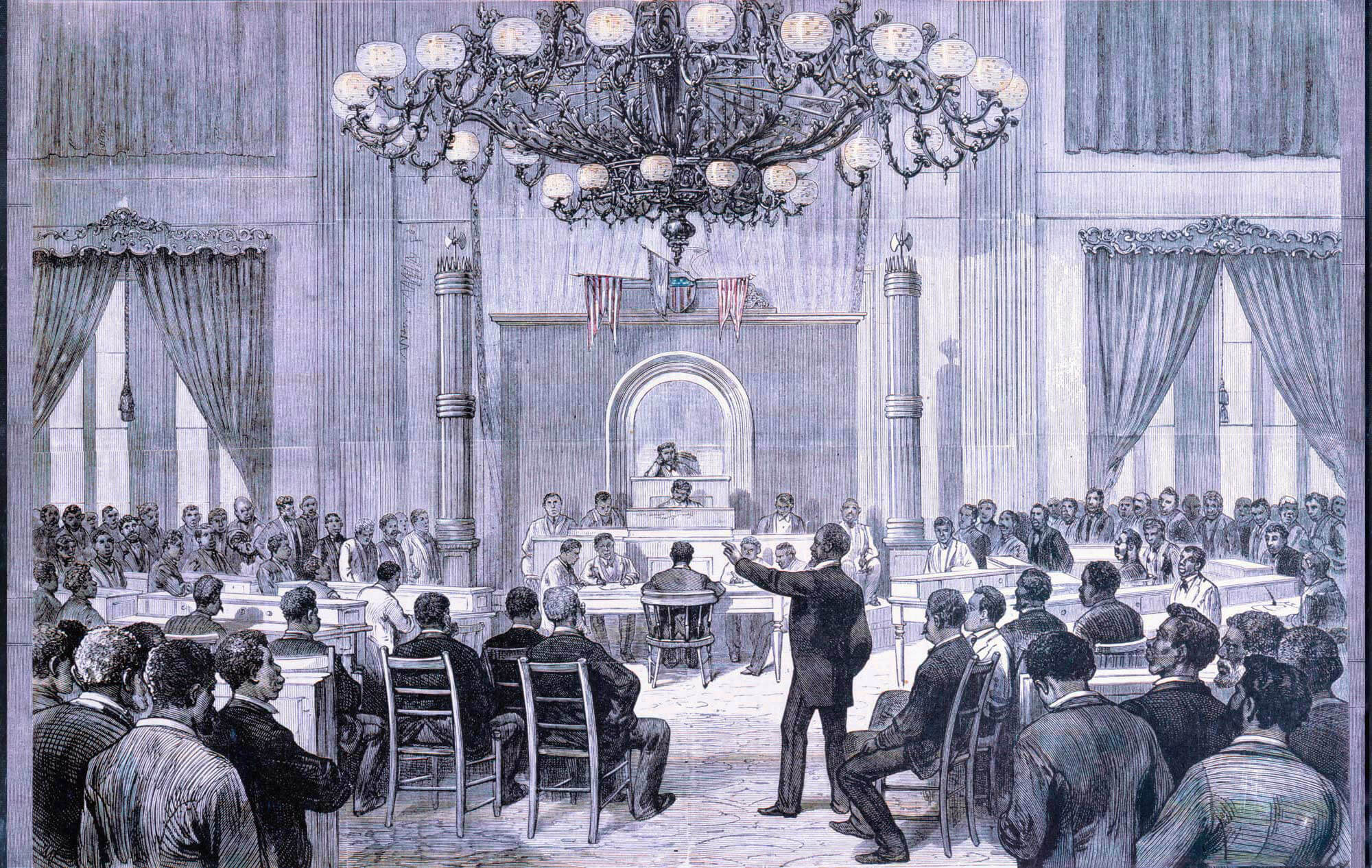
As the country continues to confront the problems of contemporary racist state violence and discrimination, scholars affiliated with the Richards Center recently have offered historical perspectives on these ongoing problems. In Tennessee, the State Capitol Commission recently held hearings on a petition to remove a bust of Nathan Bedford Forrest from the capitol building. Forrest was a notorious slave trader, a Confederate general who presided over the massacre of black Union soldiers after the Confederate capture of Fort Pillow, and a founder of the Ku Klux Klan following the Civil War. Dr. Timothy Wesley (PhD ’10), who earned his doctorate in History from Penn State under the direction of former Center director Dr. William Blair, was among a group of scholars who addressed the commission in favor of removing Bedford’s bust from the capitol building. You can follow this link to a recording of the commission meeting. Wesley, who is Associate Professor of History and the History Education Coordinator at Tennessee’s Austin Peay University, begins his comments at the 1:31:50 mark.

The recent release of the movie version of the popular musical Hamilton on Disney+ has invigorated both praise for, and criticism of, the production, including complaints that it glorifies the founders and glosses over the role of slavery in the country’s founding. In light of these critiques, Dr. Tyler Sperrazza (PhD ’20) penned an op-ed in the July 9th issue of the Washington Post, titled “Hamilton is actually perfect for our moment.” Like Wesley, Sperrazza earned his doctorate under the direction of Dr. Blair. His dissertation focused on the history of African American theater in the US. While acknowledging the aforementioned criticisms of Hamilton, Sperrazza reminds us that Lin Manuel Miranda’s musical “rests on the long tradition of black and brown theater makers using their craft to subvert white America’s dominant narratives” since Reconstruction. “By putting black bodies into the roles of the founding generation, Hamilton forces white audiences to sit and consume a reinterpretation of our national mythology, which for too long has only celebrated the work of white men.” Those with a subscription to the Washington Post can read his op-ed here.

Dr. Nan Woodruff, Professor of African American Studies and Modern U.S. History, spoke with Arvind Dilawar of Jacobin magazine this month about the radical efforts to establish biracial tenant farmer and sharecropper unions in the American South in the first half of the 20th century. Woodruff recounts this history in her award-winning book American Congo: The African American Freedom Struggle in the Delta. While these unionizing efforts ultimately succumbed to the shockingly violent and brutal opposition of white planters and local government authorities, they nevertheless had posed a serious challenge to white supremacy and the harshly exploitative sharecropping and tenant farming labor systems. Veterans of these unionizing efforts later joined the Congress of Racial Equality (CORE) and the Student Nonviolent Coordinating Committee (SNCC) and continued their fight for African American civil rights. You can follow this link to Dr. Woodruff’s interview
